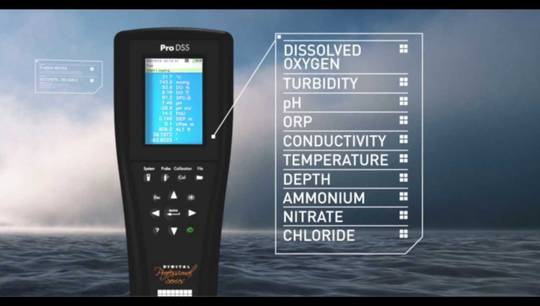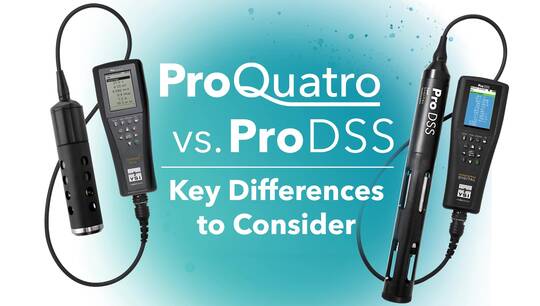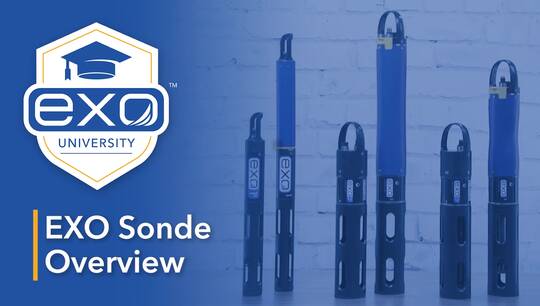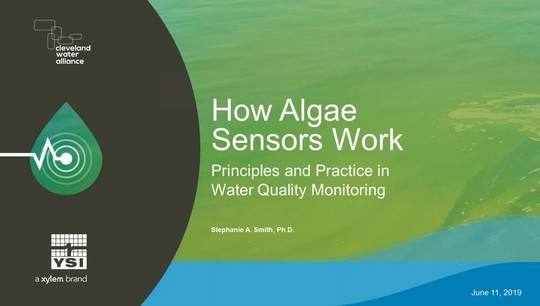Why Monitor for Algae
ALGAE
Let's talk
about why people monitor for algae.
The amount
and type of algae can tell you a lot about the health of that system. But first,
let’s cover what we’re referring to as algae. In simple terms, algae are photosynthetic
organisms like plants. We can separate out the macroalgae, such as the red,
brown, and green algae – sometimes referred to as seaweeds. Let’s instead focus
on the microalgae, or single-celled algae.
Prokaryotes
like blue-green algae lack a nucleus. This technically makes them
photosynthetic bacteria, but they are still important to this discussion. There
are also the eukaryotes like those that cause red and brown tides.
One thing
all of these microalgae have in common is that you can find them in both
freshwater and marine environments.
One major
reason to monitor for algae is aquatic ecology research. This includes primary
productivity like photosynthesis, system health and dynamics, and an interest
in the types and abundance of algae in a system.
But the big
reason for monitoring algae these days is source water protection and concerns
over drinking water safety. Most states in the U.S. are dealing with Harmful
Algal Blooms. These can range from cyanobacteria in the Great Lakes to red
tides in Florida and the Gulf Coast. These blooms cause severe impacts on
residents and local wildlife. From coast to coast, there is a need for algae
monitoring.
So why do we monitor for algae? Scientists might be interested in how a body of water switches over from what we sometimes call healthy algae, like diatoms, to unhealthy algae like the blue-greens. A treatment plant operator or drinking water manager would be more concerned if the product they’re delivering is clean and safe for consumption. And of course, the public beachgoers want to know if it’s safe to swim or fish in the water.
You can learn more at YSI.com/how-sensors-work







